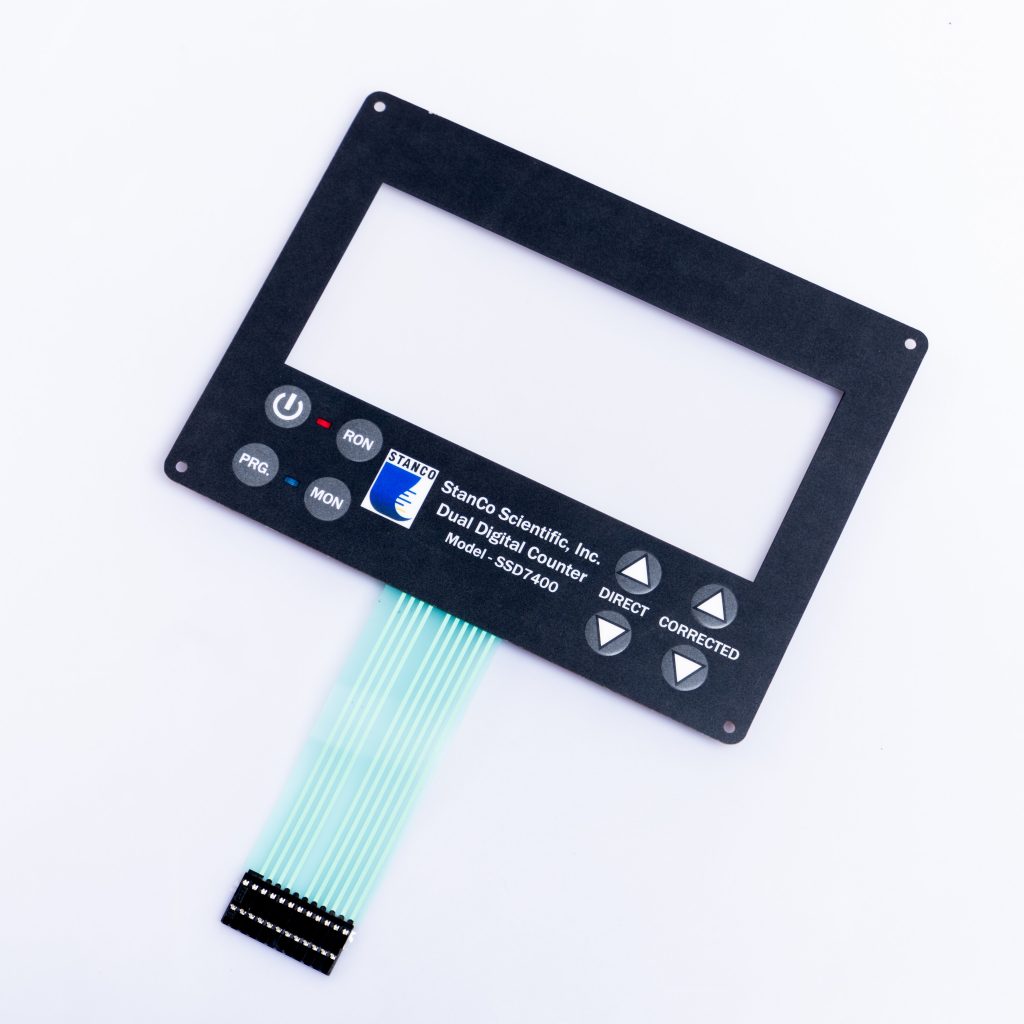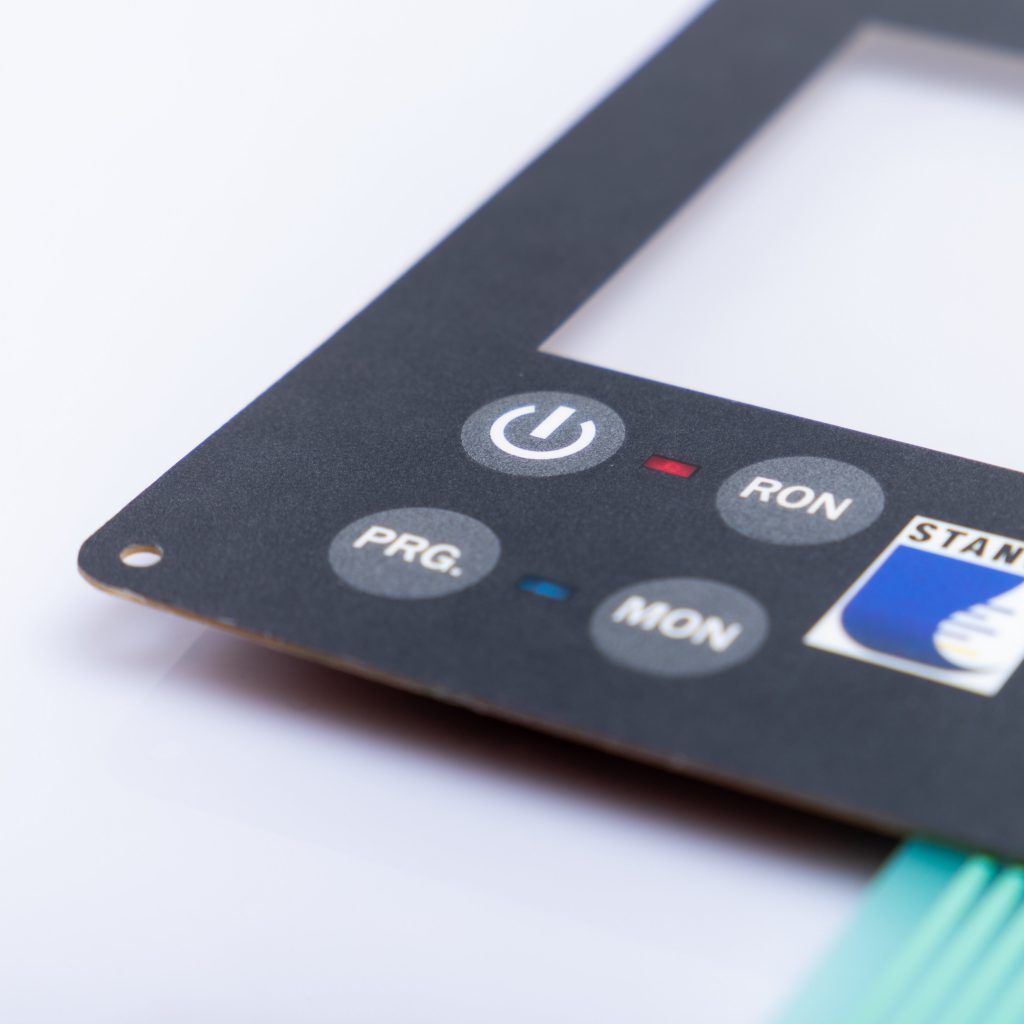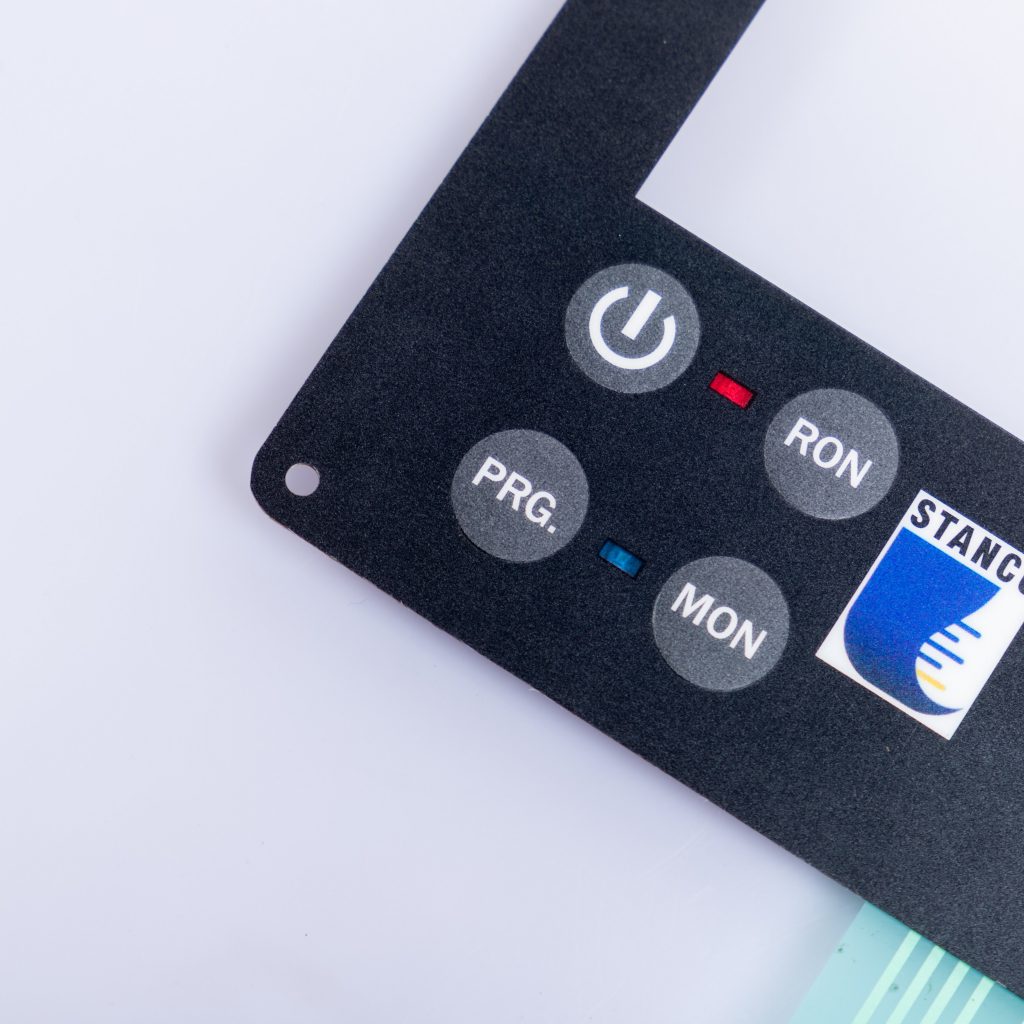Contact
Write to Us And We Would Be Happy to Advise You.
Do you have any questions, or would you like to speak directly with a representative?
By hqt
Have you ever wondered how some of the most intricate systems, like those in cleanroom environments, function so seamlessly? At the heart of such systems often lies a membrane switch. Simply put, a membrane switch is an electrical switch for turning a circuit on and off. Sounds basic? It’s more complex and vital than you’d think.



Imagine a room so clean that even a speck of dust could disrupt its balance. Cleanrooms are such places where precision and sterility are paramount. Monitoring these environments requires sophisticated systems, and guess what’s a crucial component? The humble membrane switch.
The Importance of Scratch Resistance
Now, let’s dive deeper. Think about your smartphone screen. How annoying is it when it gets a scratch?
Everyday Challenges to Membrane Switch Windows
These windows face constant use. From deliberate button presses to accidental scrapes, they’re under regular threat. In a cleanroom, the challenge intensifies. The tools, the environment, the demands – everything requires that these switches remain pristine.
Why Scratches are More Than Just Cosmetic Issues
Sure, scratches can be unsightly. But in the world of cleanrooms, they’re potential nightmares. They can obscure readings, compromise the sterility of the environment, or even lead to system failures.
Material Choices for Membrane Switch Windows
So, what can we do to safeguard these vital components?
Common Materials Used
Typically, materials like polyester and polycarbonate find their way into membrane switch constructions. They’re durable, but are they the best choice?
Evaluating Scratch-Resistant Materials
Enter scratch-resistant materials. Just like the protective layer on your eyeglasses or the shield on your car’s windshield, these materials are designed to fend off the worst of what the world throws at them.
Benefits of Using Scratch-Resistant Materials
Alright, so why are we rooting for these materials?
Enhanced Durability
The first and most obvious reason is longevity. A scratch-resistant membrane switch window will last longer, reducing the need for frequent replacements.
Improved Visibility and User Experience No one likes squinting through scratched glass. Scratch-free windows offer clear visibility, ensuring that readings and controls are always accurate.
Long-Term Cost Efficiency
Here’s a thought – investing in scratch-resistant windows might seem costly initially, but think of the long-term savings from not having to replace them frequently!
Real-world Applications in Cleanrooms
Still on the fence? Let’s look at some real-world implications.
Protecting Sensitive Instruments
Cleanrooms often house delicate instruments. A scratched window can compromise their functionality, leading to costly errors or malfunctions.
Ensuring Accurate Readings
Accuracy is the name of the game in these environments. Anything that can distort or hinder a reading is a liability. Scratch-resistant windows ensure that nothing stands between the user and their data.
In the fastidious world of cleanrooms, where precision meets functionality, every component matters. And while membrane switch windows might seem insignificant, they play a pivotal role in ensuring the smooth operation of monitoring systems. Choosing scratch-resistant materials for these windows is more than just a cosmetic decision; it’s an investment in durability, clarity, and efficiency.
Do you have any questions, or would you like to speak directly with a representative?